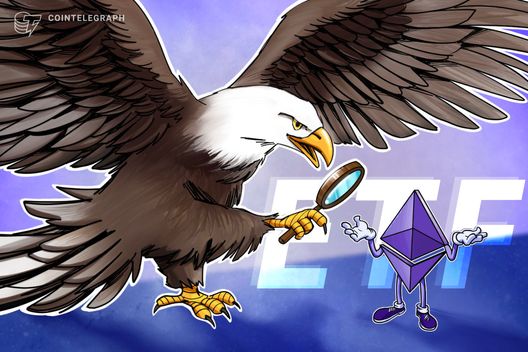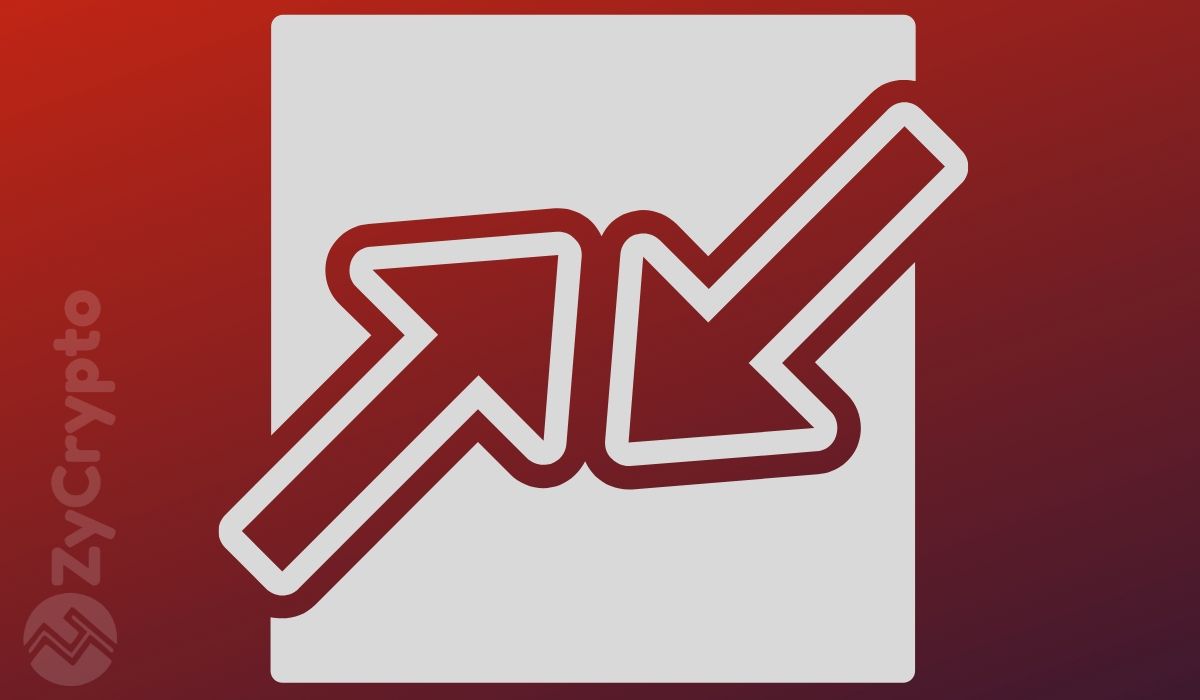ARTICLE AD BOX

The post The Future of Finance: Where Crypto and TradFi Work Together appeared first on Coinpedia Fintech News
Imagine improving a city without demolishing a single building: simply replacing faulty pipes, adding quicker trains, and improving lighting. That is exactly what is going on in finance right now. Blockchain is not here to destabilize the financial system. It’s here to make things better—quietly, slowly, and piece by piece.
For years, financial systems have relied on outdated infrastructure. Transactions take too long, access is restricted, and transparency is missing.
At the same time, blockchain technology has enabled speedier payments, open ledgers, and programmable assets. These aren’t simply intriguing ideas; they’re actual solutions to real-world challenges.
However, tools only operate when the environment supports them. That is why crypto’s most significant advances occur when organizations that already understand how to function at scale are combined. Think about legislation, risk management, and global access. When the strengths of both parties combine, the outcome is smarter, more secure financial systems.
That is the current shift—a merger rather than a conflict. The future of finance belongs to those who combine the old and the modern.
Where Finance Required a Solution
Even in 2025, transmitting money worldwide still feels more difficult than it should. Certain transfers take days, and fees add up. Furthermore, many individuals worldwide continue to lack access to reliable financial services.
Blockchain emerged as a way to address these inefficiencies. It brought quick payments, decentralized access, and the ability to exchange digital assets anytime and anywhere. With the emergence of tokenization and smart contracts, whole sectors, from banking to real estate, began to explore new opportunities.
But speed and creativity are insufficient on their own.
Why Crypto Needs TradFi Experience
Cryptocurrency was rapid yet frequently unstable. Projects came and went, and regulations varied by country. Many users, particularly those used to traditional finance, did not feel comfortable entrusting their money to systems that lacked accountability.
This is when financial institutions step in. They provide the legal framework, regulatory compliance, and operational stability that blockchain needs to scale. The ultimate effect is not a complete changeover but rather a careful mix.
MultiBank.io is an excellent illustration of this, as it is affiliated with one of the world’s largest regulated financial companies. With a solid foundation in currency trading and over 15 licenses worldwide, MultiBank is not new to finance; it is just utilizing its skills differently.
Their $3 billion real estate tokenization transaction with MAG and Mavryk demonstrates how conventional assets may be digitized and made more accessible while being regulatory compliant. Investors do not have to wait months or wade through heaps of paperwork. They can invest in digital tokens through a reputable, regulated platform.
Innovation Needs Infrastructure
The future of finance is not just about new technologies. It’s about trust and usefulness. That is why the true leaders will not be the ones making the most noise. They’ll be the ones developing silent bridges across systems, updating finance without disrupting what works.
Crypto is not attempting to erase the past. It is writing a better version of the narrative. Institutions such as MultiBank.io are working to make that vision a reality.
.png)
 1 day ago
1
1 day ago
1








 English (US)
English (US)